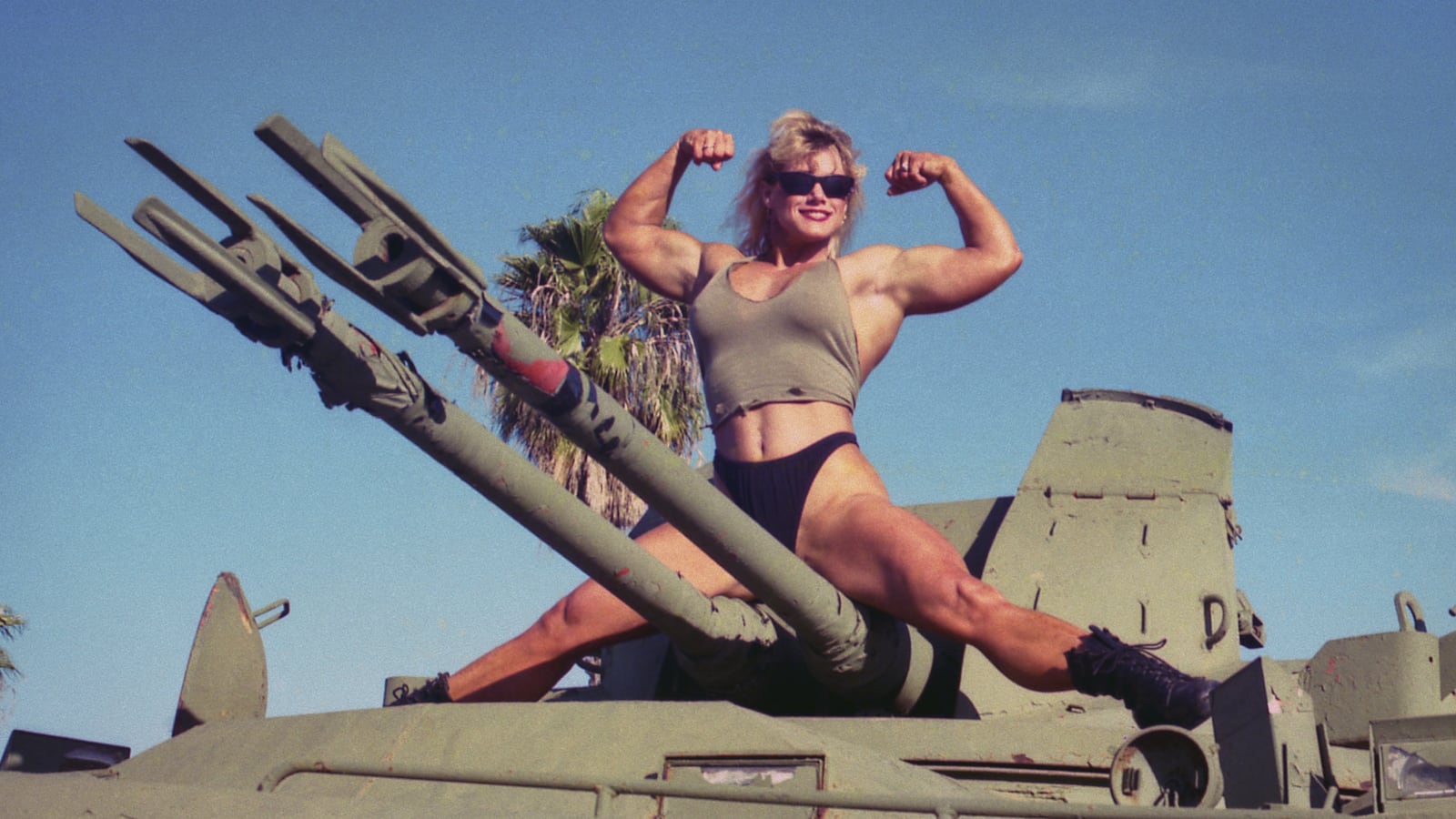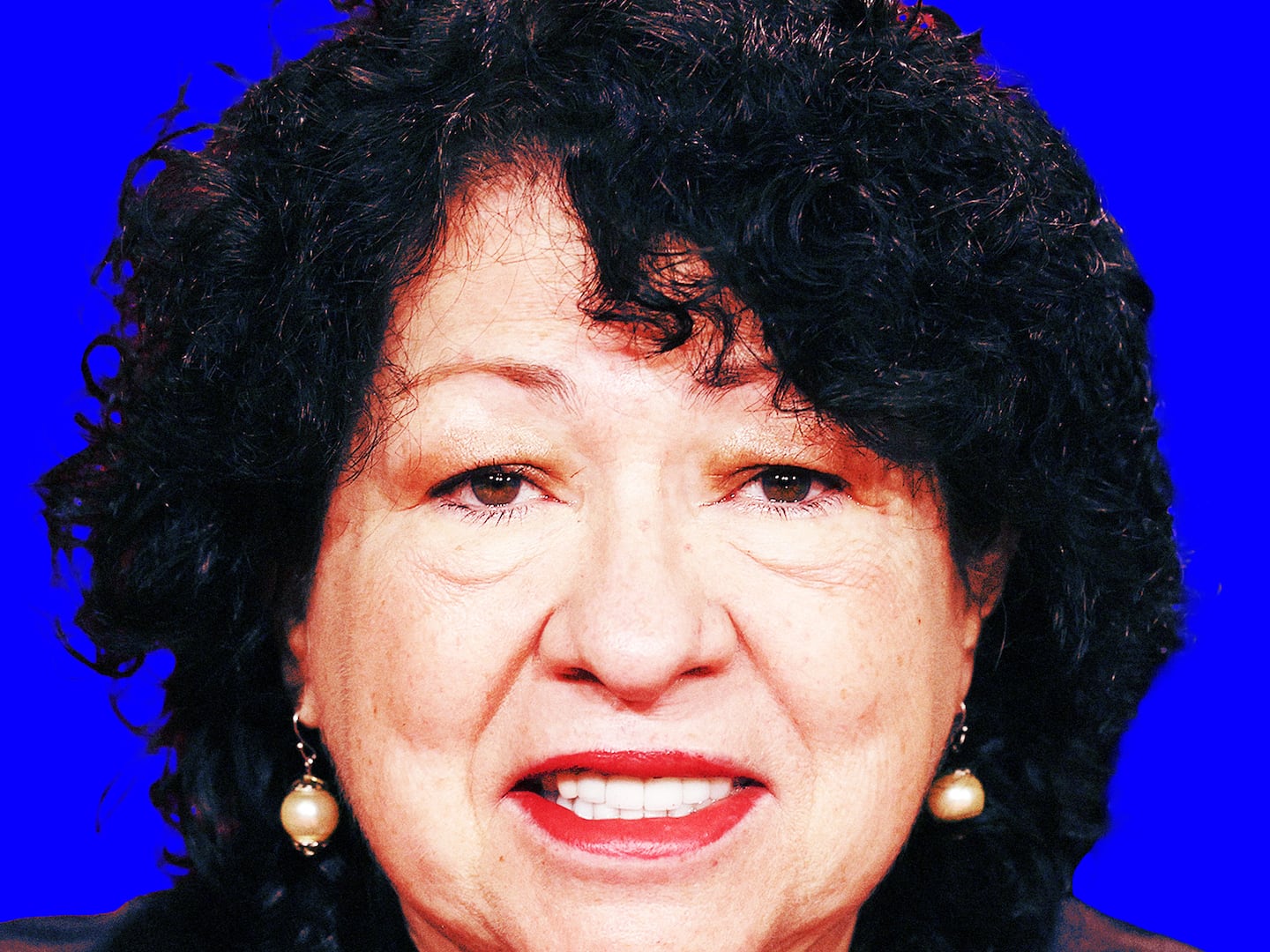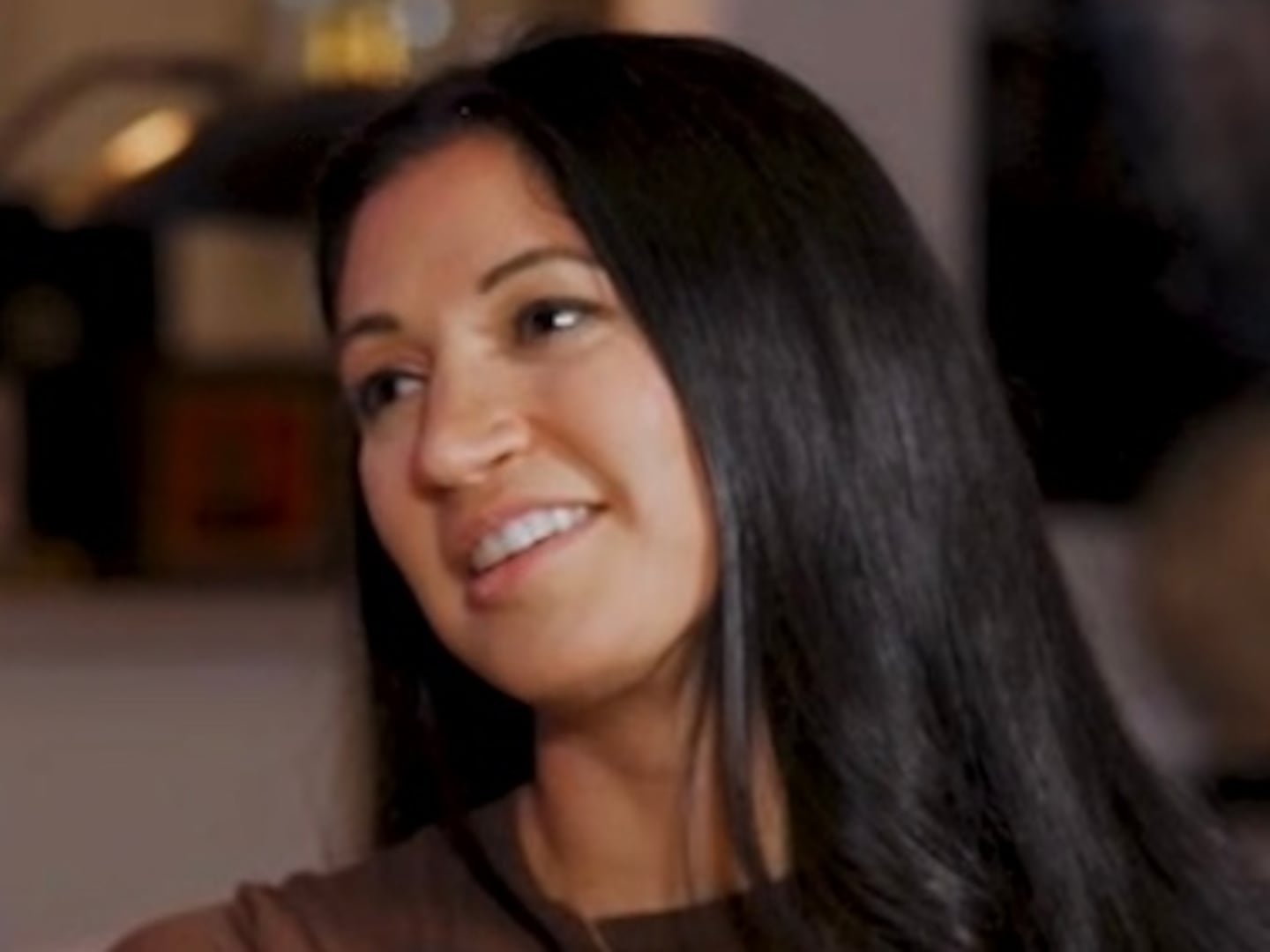Sally McNeil’s story was built for 1990s tabloid news. A former Marine Corps Sergeant who’d become an amateur bodybuilder and was married to Mr. Olympia contestant Ray McNeil, Sally resembled a larger-than-life female version of Hulk Hogan, and that provided an attention-grabbing headline angle when, on Valentine’s Day 1995, she killed her husband with a shotgun in their apartment in Oceanside, California. Prosecutors—and many of Ray’s friends—contended that she was a cold-blooded murderer while Sally claimed self-defense, detailing a history of brutality at the hands of her steroid-hungry spouse. It was a unique case of domestic abuse and ensuing tragedy made all the more colorful by the cartoonish physiques of its main players as well as the fact that Sally often earned a living producing and performing in fetishistic wrestling videos.
Director Nanette Burstein’s three-part Netflix docuseries Killer Sally (Nov. 2) makes no bones about the fact that Sally shot her husband, and there’s little dispute that Ray had a habit of getting physical with his wife. Many other specifics about this saga, however, are difficult to wholly discern, and Burstein’s even-handed investigation—led by interviews with Sally, her now-grown children Shantina and John, attorneys, and Sally and Ray’s friends—shrewdly embraces complication, contradiction, and doubt. Far from offering a definitive verdict about Sally’s guilt or innocence, it instead affords a thornier view of lives steeped in violence, and the unfortunate (if, it seems, somewhat inevitable) ramifications of that hostility for everyone involved.
Killer Sally begins with the 911 call that Sally placed in the aftermath of her fatal encounter with Ray, but its carnage dates back to her childhood, first with an abusive father and then with a similarly vicious stepfather who prized his own flesh-and-blood kids over her and actively stymied her collegiate career. A star athlete, Sally responded by enlisting in the Marines and promptly earning her place alongside her tough, gung-ho comrades. It was there that she began lifting weights and met her first husband, with whom she had Shantina and John. Unfortunately, he turned out to be an aggressive man whom she had to flee by transferring to California’s Camp Pendleton—a cycle of abuse that would again repeat itself when she met Ray, an enormously buff Marine who, like her, found joy and success in amateur bodybuilding. Her first competition was the 1987 Armed Forces Bodybuilding Championship, in which she placed fourth. Three years later, she and Ray both won the event, thereby further strengthening their relationship and feel-good narrative.
Behind the scenes, though, things weren’t so rosy, or so Sally tells it in her extensive interview in Killer Sally. Candidly recounting her time with Ray—and, as much as she can remember, the fateful night that changed her life—she explains that, from the get-go, Ray was prone to punching her in the face and choking her. As a woman whose entire life was about projecting strength, Sally kept this torment quiet from the outside world. Nonetheless, Shantina and John were firsthand witnesses to Ray’s inhumanness, not to mention victims of it; John agonizingly describes Ray’s quick-trigger temper and fondness for spanking his kids (with his hands, and with a belt) in front of each other. John and Shantina’s testimony make clear that Ray was anything but a lovable giant, and lends credence to the idea that, on the night of Feb. 15, 1995, Sally shot him because she feared for her life.
Yet Killer Sally isn’t an open-and-shut affair. While the docuseries convincingly argues that both these individuals were scarred by abuse (Ray was raped and beaten as a child), and that Sally was suffering from PTSD courtesy of her volatile ’roid-raging spouse, it also reveals Sally to be an explosive and violent individual apt to throw haymakers at anyone she viewed as a threat. This was reportedly true when it came to mailmen, to parents of kids who were bullying her children, and to other women interested in Ray, whom Burstein exposes as a philanderer who was ready to leave his intensely possessive spouse for his long-time mistress. Thus, whereas Sally’s courtroom defense was that she had killed Ray because he was attacking her, prosecutor Daniel Goldstein proffered an alternate theory: furious over Ray’s infidelity, and generally apt to fly off the handle in the most extreme manner possible, Sally had deliberately slain her loutish and fearsome husband.
Killer Sally features voices on both sides of that debate but refuses to unduly tip its hand regarding its own opinion. The question of whether Sally was in imminent peril when she pulled the trigger remains somewhat up in the air, especially since forensics proved that after firing an initial shot (which put Ray on his back in the living room), she went to her bedroom, reloaded the weapon, and returned to unload a second shot directly into his face. What is evident is that this entire sad saga was brought about by abuse and its corrosive after-effects, and that steroids, jealousy and betrayal added additional fuel to an already simmering fire. Consequently, the series’ central mystery—were Sally’s actions premeditated or in response to immediate danger?—is almost beside the point, given that her decision was the apparent culmination of ceaseless mistreatment.
Clips of Sally competing on stage as well as starring in a line of fetishistic wrestling videos—which customers (known as “schmoes”) paid to participate in, tussling with the ripped bodybuilder—underscore the peculiarity of her chosen subcultures. That material went some way toward casting Sally as a tawdry musclehead in the public eye, and it certainly amplifies Killer Sally’s transfixing strangeness. What resonates most powerfully, however, is the series’ portrait of a system that, even as recently as the mid-‘90s, discounted and downplayed “battered woman syndrome” trauma. No matter Sally’s in-the-moment motivations, Burstein’s non-fiction investigation persuasively suggests that the root cause of this nightmare—which ultimately resulted in Sally spending 25 years behind bars for second-degree murder—was the generation-after-generation violence inflicted upon one woman by the men closest to her.






